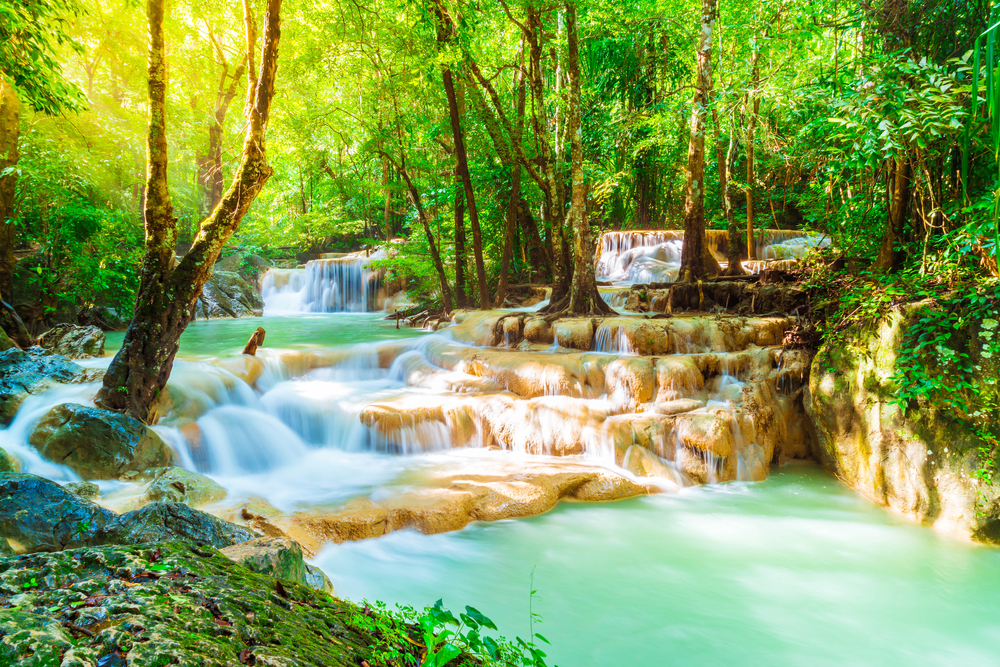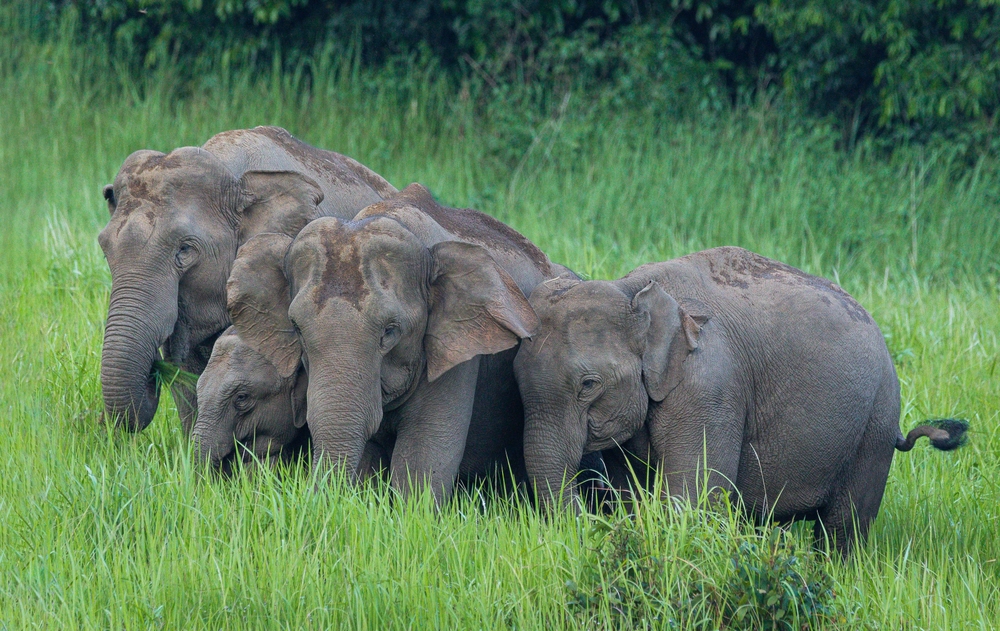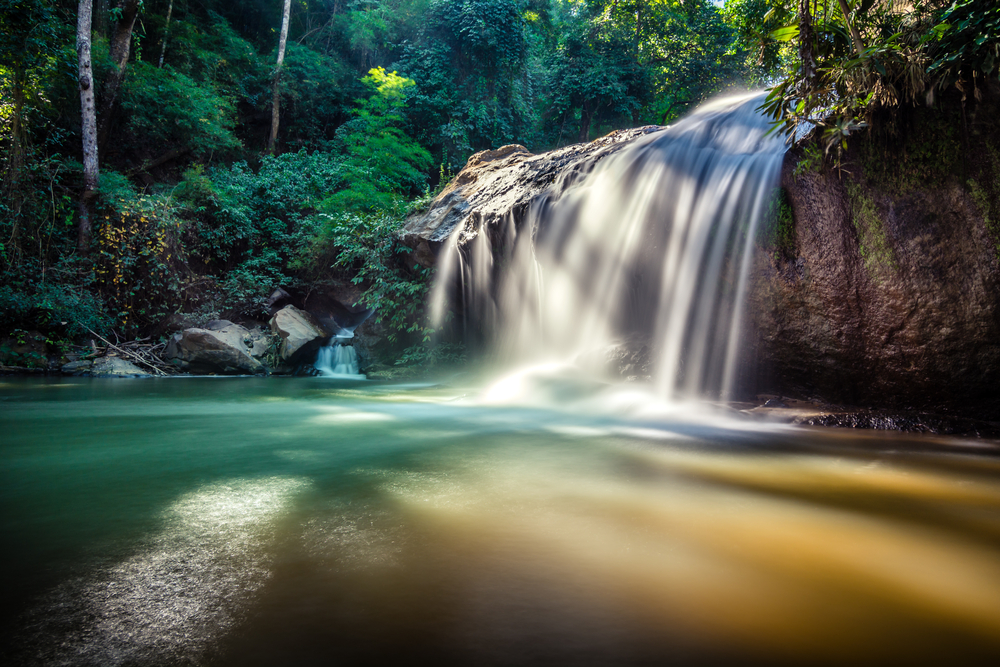Kui Buri Overview
Kui Buri National Park, located in the Prachuap Khiri Khan Province of Thailand, is a gem of Southeast Asia known for its lush biodiversity and striking landscapes. The park covers an area of 374 square miles (969 square kilometers) and lies near the border with Myanmar, nestled in the Tenasserim Hills. Its name, Kui Buri, reflects its local heritage and serves as a nod to the region’s rich cultural and natural history. This park is renowned for its thriving ecosystems, which include dense tropical forests, rolling grasslands, and riverine environments, offering a diverse palette of nature’s artistry.
The terrain of Kui Buri is predominantly hilly, with gentle to steep slopes that are blanketed by thick vegetation. Towering peaks like Khao Daeng dominate the skyline, offering breathtaking vistas of the park and surrounding regions. Seasonal streams and small waterfalls add to the park’s charm, particularly during the rainy season when they are at their most vibrant.
The forest cover consists largely of mixed deciduous and evergreen trees, including species such as teak, bamboo, and dipterocarps, which provide essential habitats for the park’s wildlife. The grasslands, interspersed among the forested areas, are critical feeding grounds for large herbivores.
Kui Buri is celebrated for its impressive wildlife, particularly its thriving population of wild Asian elephants, which are a major draw for visitors. The park is also home to other large mammals, including gaurs, the largest species of wild cattle, and occasionally spotted leopards.
Bird enthusiasts will be delighted by the more than 200 bird species recorded here, including the vibrant red junglefowl and various species of hornbills. The park’s water bodies attract aquatic and semi-aquatic species, further enriching its biodiversity.
One of the park’s most popular features is its elephant-watching program, which offers visitors a unique opportunity to observe these majestic animals in their natural habitat. Managed viewing points, such as the Huai Luek Wildlife Watching Area, allow for safe and unobtrusive wildlife observation.
Guided tours are another favored way to experience the park, whether on foot, in safari vehicles, or even cycling through its scenic trails. Camping within designated areas also provides an immersive experience for nature enthusiasts.
Despite its beauty, Kui Buri National Park faces conservation challenges, including habitat encroachment and human-wildlife conflict, particularly involving the park’s elephants. However, collaborative efforts between local communities, government agencies, and conservation organizations have resulted in notable successes. Improved habitat restoration programs and community engagement initiatives have bolstered wildlife protection and promoted sustainable tourism, ensuring that the park’s natural treasures are preserved for future generations.

















































































